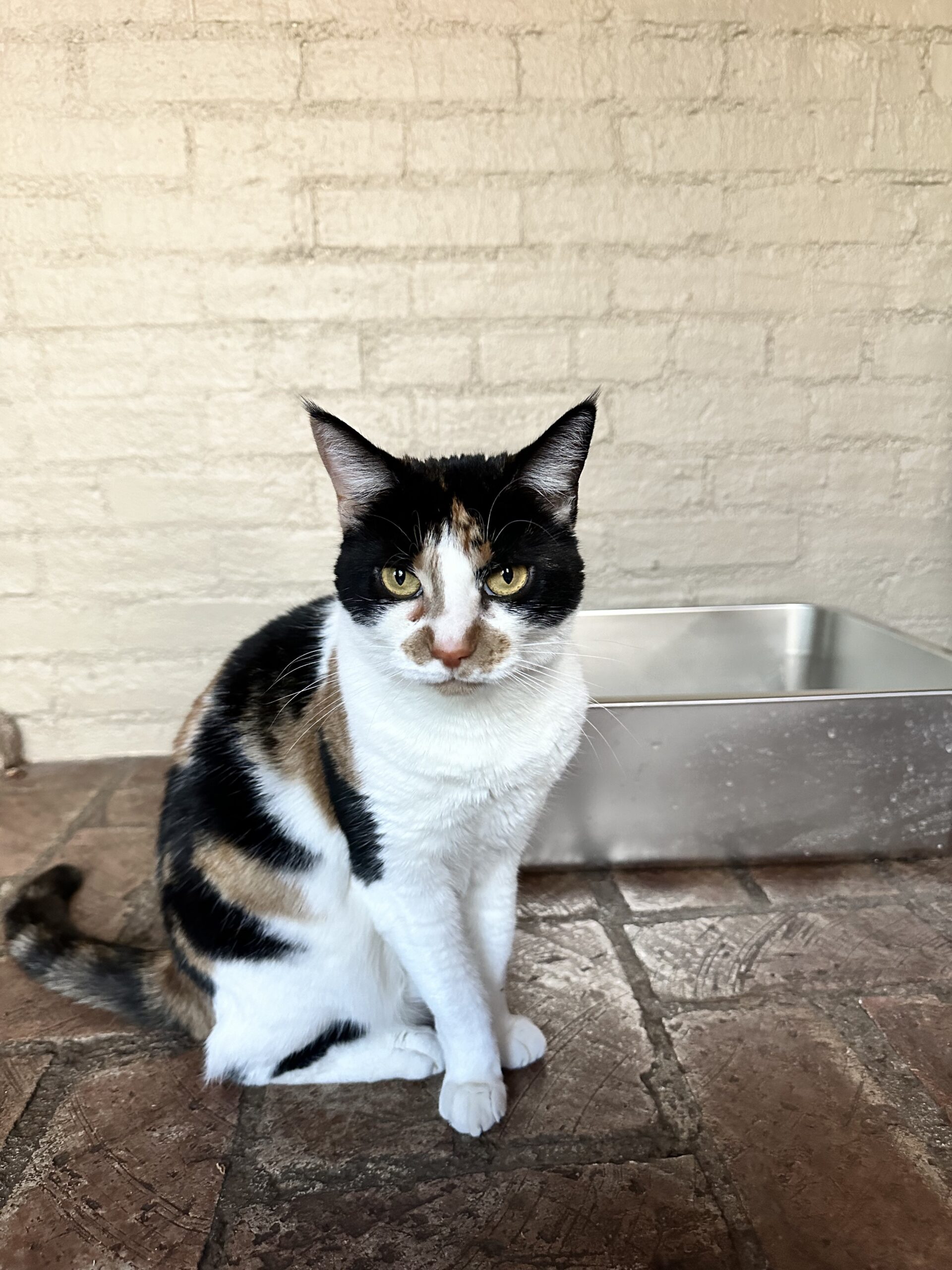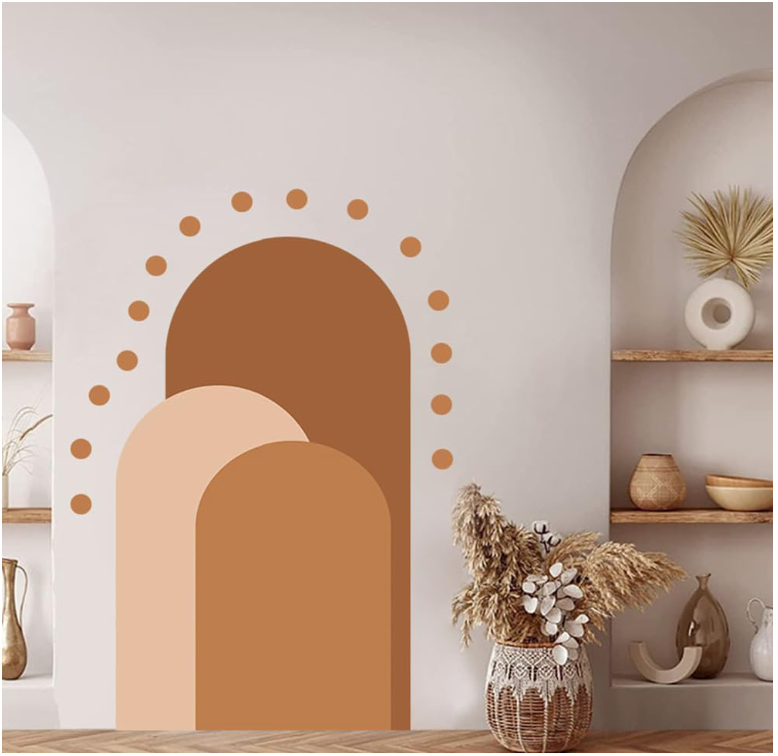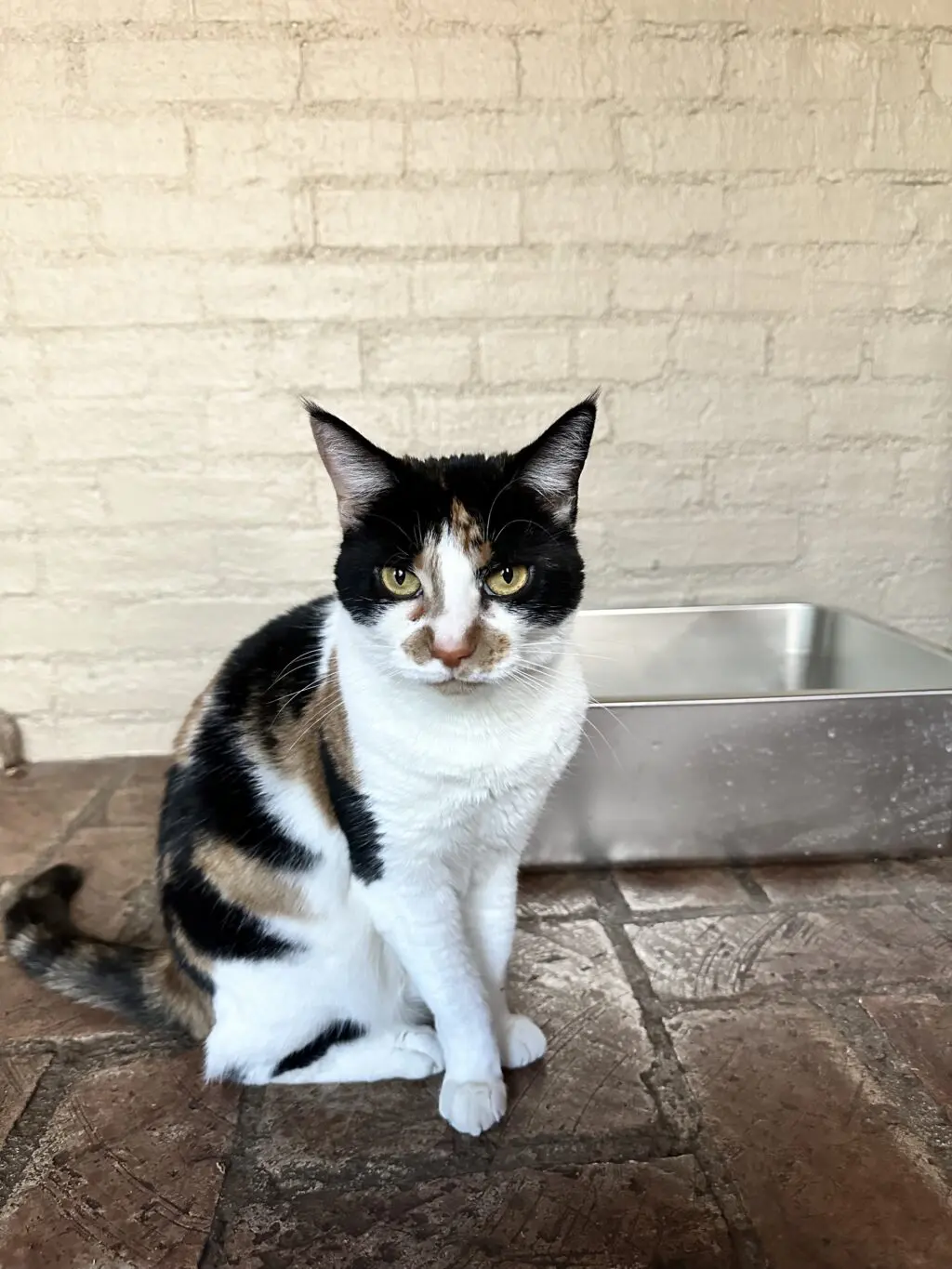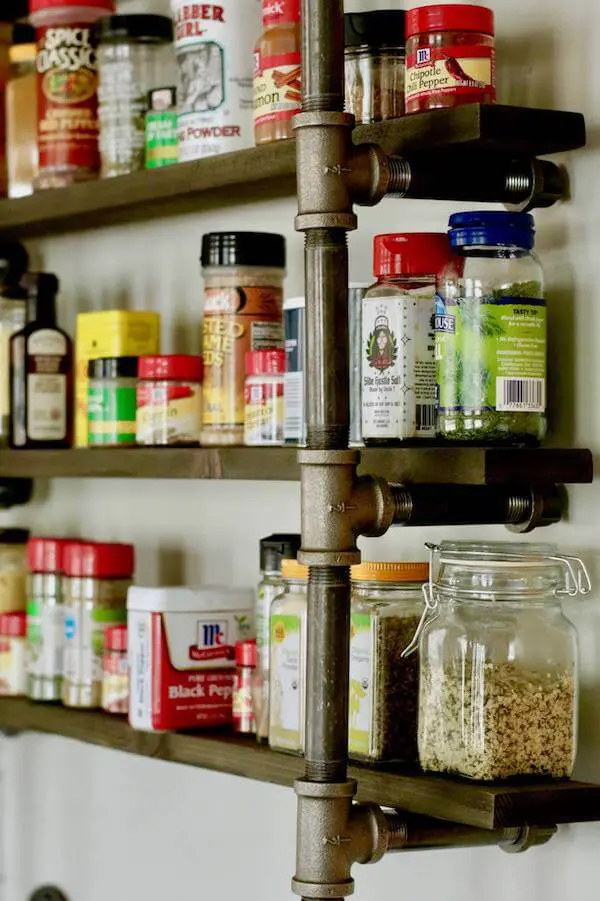As a cat owner for several years, I have found that dealing with the litter box can be a daunting task. So, when my family and I welcomed two kittens in January 2021, we decided to invest in a Litter Robot 3 to make things easier. Unfortunately, last month, the robot suddenly stopped working. Considering the high price of the Litter Robot 3 (a whopping $550), we were hesitant to purchase the newer model. I started researching alternatives and stumbled upon the metal cat litter box. Intrigued by the idea, I decided to give it a try. After four weeks of use, I must say that I have become a huge admirer of this litter box. Here are some of the reasons why I ditched the Robot for the metal cat litter box:
The Pros and Cons of the Metal Cat Litter Box

Pros for Metal Box
- Less smell: Metal does not absorb odors in the same way that plastic does. If the smell is important to you, ditching plastic for stainless steel is a game-changer. I went 3 days without scooping because I actually forgot about the box. I couldn’t smell it. Even with the automatic scooping function of the robot, I could always smell the litterbox and needed to empty and disinfect it often.
- Easier to clean: It’s a metal box you can dump and hose off, and it’s fresh as a daisy again. The Litter Robot is much more tedious to disassemble and sanitize.
- More affordable: The average cost is between $40-100, depending on the size you get.
- Eco-friendly: The box can be recycled after its lifecycle, and you don’t need a plastic liner for the pan (there’s a nonstick surface on the bottom to prevent clumps from sticking). Get compostable bags to scoop into and save Mother Earth even more. (Amazon affiliate link)
- No tech, fewer issues: there’s nothing that can break and render the box useless.
Cons for Metal Box
- You have to scoop: I mentioned this above in the pros, but It’s easy to forget to scoop if the box isn’t in a room you frequent. The odor is much less than the Litter Robot, and I’ve forgotten a few times to scoop. Cats will tell you in other unpleasant ways when you’re slacking on your end of the bargain. 😾
- Litter still tracks: I’m not sure there’s a box out there that solves this issue, but even with the higher sides, I still have to vacuum up litter.
- Cost: While significantly cheaper than the Litter Robot, metal cat litter boxes can still be expensive compared to plastic boxes. The price of the boxes depends on the size of the litter box you get. I have 2 adult cats and opted for the extra large size, which cost about 50 bucks. (sidenote: I purchased this box with my own money, but the link is an Amazon affiliate link. If you purchase the box, you’ll be supporting Homejelly.)
- Non-Stick Surface: There is a nonstick surface on the bottom of the pan to keep the litter clumps from sticking to it. It makes the cleanup a breeze, but It’s unclear what the nonstick surface is made from and whether it’s potentially harmful. Given that it’s not a surface my cats are eating off (let’s hope not anyway), I figured the risk of toxicity was low.
Get the Box:
We did a lot of research to find the best box for the job, and you can find the exact box we purchased at this link.
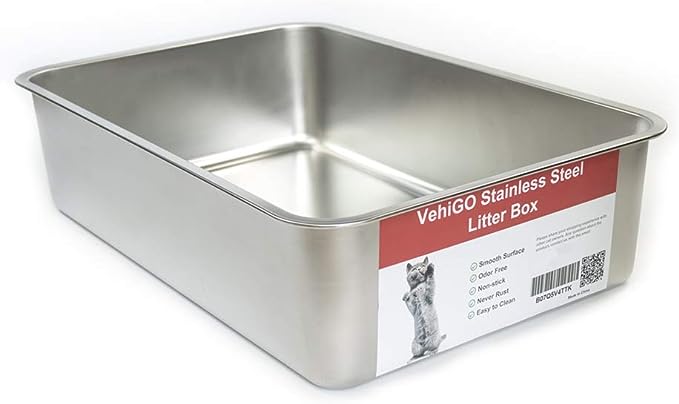
Final Thoughts:
While I enjoyed the automatic scooping action of the Litter Robot, the short lifespan of the box and the hefty price tag weren’t optimal. The metal cat litter box won’t scoop itself, but I never need to worry about it malfunctioning. The litter box odor is almost non existent, is easy to clean, and is a more eco-friendly option. If you can deal with manual scooping ready, this might just be the statement piece your feline-filled home needs.
Would you consider a metal cat litter box? Let me know in the comments! 🐾

